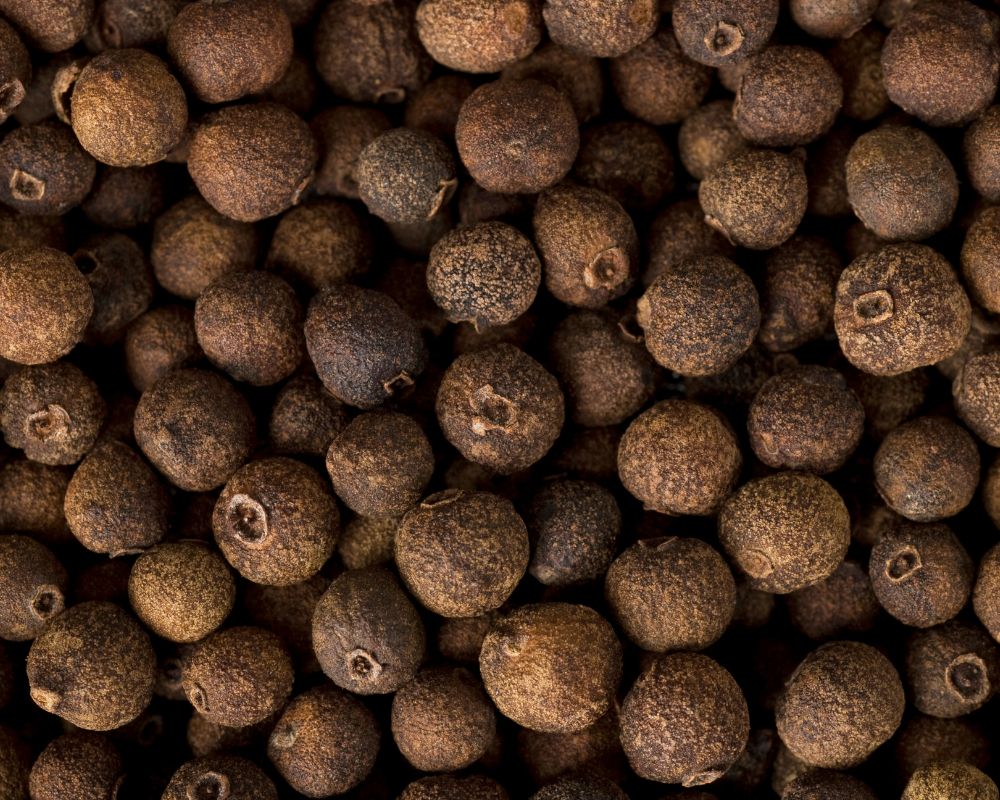Pilav (also known as "pilaf" or "pulao") is a traditional Turkish rice dish (or şehriyeli pilav) that is typically made by simmering white rice in a flavorful broth (like chicken stock) or just hot water until it's cooked through and the fluff is obvious. Pilav accompanies the main dishes but can also work as a main dish.
Table of Contents
What is Turkish rice – pilav?

Turkish-style “pilav” is a dish made with rice and is a staple in Turkish cuisine. However, it can contain other ingredients like cracked wheat, noodles, vermicelli, or orzo pasta. The most important thing when making pilav is cooking rice in a broth on low heat for an extended period. Ultimately, the fluffy rice will soak up all the aromas in the pot.
It also typically includes meat such as chicken or meatballs. Some common variations are:
- Perde pilav (fried with almonds)
- Tavuklu pilav (with chicken)
- Meyhane pilav (cracked wheat with tomatoes)
- Etli pilav (with finely chopped meat)
- Bulgur pilaf (bulgur pilavı)
| Origin | Ancient Persia |
| Appearance | Fluffy and light |
| Flavor | Savory, aromatic, nutty |
Origin
The origins of pilav can be traced back to ancient Persia, where it was originally made with grains such as barley and wheat. The dish was later introduced to Turkey during the Ottoman Empire and has since become a staple in Turkish cuisine.
Turkish rice is typically cooked with onions, butter, and spices such as cumin and paprika, giving it a slightly nutty and savory flavor. It is often served alongside grilled meats or stews and can also be enjoyed as a main dish with toppings such as roasted vegetables or chickpeas.
Appearance
Turkish rice is fluffy and light, with each grain coated in a flavorful seasoning. It is often served in a mound on a platter or as a side dish in a small bowl.
Flavor
Some of the most prominent spices used in Turkish rice pilav recipes include:
- Cumin
- Coriander
- Black pepper
- Allspice
- Bay leaves
- Parsley
To add depth and complexity, you can make this Turkish recipe with additional ingredients such as pine nuts, currants, or saffron. The overall flavor profile is savory, aromatic, and slightly nutty, making it a versatile and delicious accompaniment to various meals.
What type of rice is used in this recipe?
The type of rice used in pilav recipes varies depending on the region, but long-grain rice is generally preferred.
In many Middle Eastern and Central Asian countries, basmati rice is the most commonly used for pilav. Basmati rice is long-grain, aromatic rice with a nutty flavor and a light, fluffy texture. It also has a lower starch content than other rice types, which helps prevent the rice from becoming sticky or clumpy when cooked.
Other long-grain rice varieties, such as jasmine or Carolina rice, may also be used in some regions. Alternatives also include Baldo rice or Arborio rice.
Regardless of the type of rice used, the key to making a good pilav is to rinse the rice thoroughly before cooking it and to cook it in a flavorful broth or stock, which helps to infuse the rice with extra flavor.
What spices are used in pilav?






These are key spices used in pilav:
| Cumin | It has a warm, earthy flavor and pairs well with other spices like coriander and cinnamon |
| Coriander | It has a slightly sweet and citrusy flavor that can add a unique depth of flavor to the dish; often paired with cumin |
| Black pepper | Its bold, intense flavor can add a nice kick to the rice |
| Paprika | Made from dried and ground bell peppers with a slightly sweet and smoky flavor that can add rich flavor to the rice |
| Cinnamon | It has a sweet and slightly spicy flavor that can add a unique twist to the pilav |
| Allspice | Allspice is a spice made from dried berries, and it has a warm and slightly sweet flavor that can complement the other spices in the dish |
What is the main ingredient in Turkish rice recipe?
The main ingredient in the pilav rice recipe is rice. Other common elements in pilav include onions, butter or olive oil, lemon juice, and various spices and herbs, depending on the specific recipe and regional variations.
It may include vegetables like:
- Aubergines
- Mushrooms
- Lentils
- Chickpeas
- Beans
- Peas
Can Pilav be vegan?
Pilav can be vegan. The dish typically consists of rice cooked in broth and seasoned with spices and can be prepared with vegetable broth and omitting any meat or animal products.
What is the difference between a pilav and a risotto?


| Pilav | Made by simmering rice in a broth or water, fluffy texture, contains various spices, typical for Middle Eastern and Asian cuisine |
| Risotto | Includes frying the unrinsed rise, then adding hot broth, creamy texture, contains cheese and/or wine, typical in Italy |
Pilav and risotto are rice-based dishes but differ in their preparation and flavor profiles. Pilav is typically made by simmering rice in a broth or water until the liquid is absorbed. Risotto involves frying the rice, adding hot broth, and constantly stirring to create a cohesive texture.
Pilav often includes spices, nuts, and dried fruits, while risotto usually includes butter, cheese, and wine. Pilav is also a typical dish in Middle Eastern and Asian cuisine, while risotto is a staple in Italian cuisine.
Pilav typically uses Basmati or long-grain rice, while risotto uses short or round-grain rice. The method of making them also differs: risotto is made from unrinsed rice, as the final dish’s creaminess depends on the rice’s starch.
Lastly, risotto typically contains parmesan, while pilav doesn’t.

